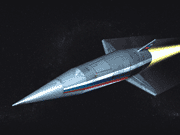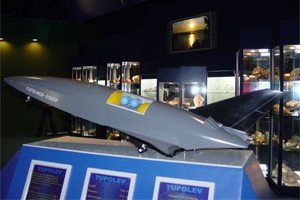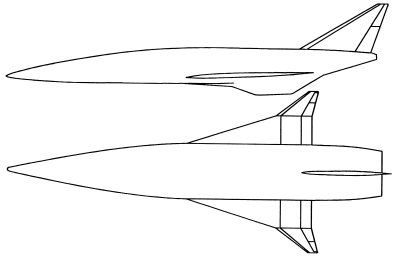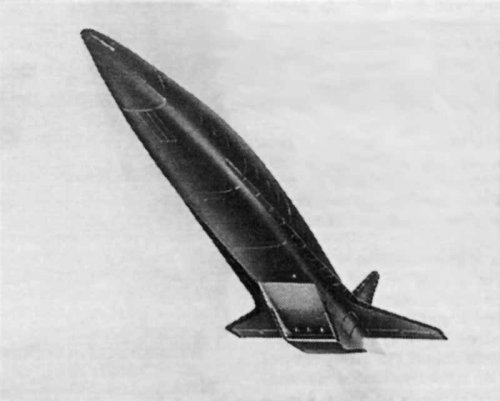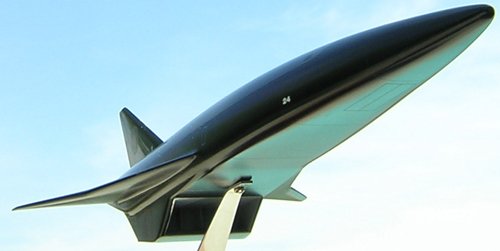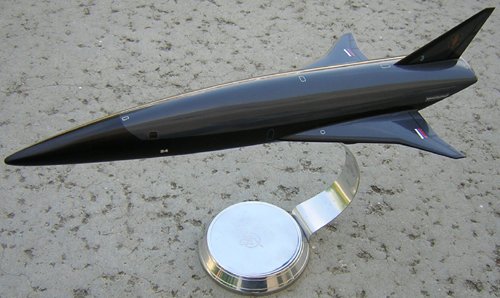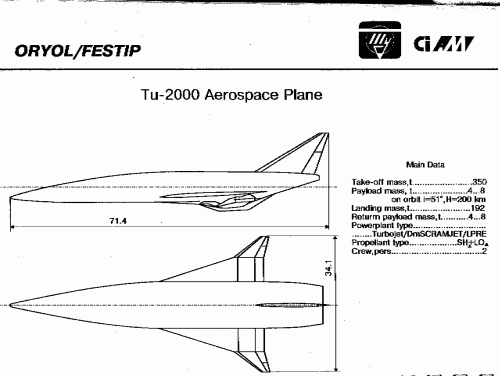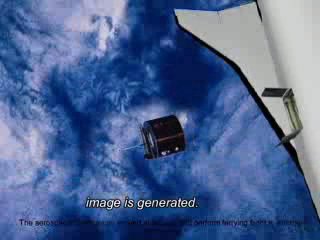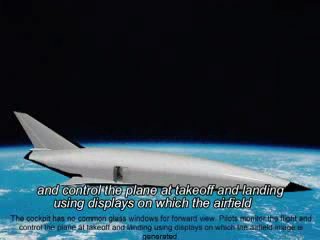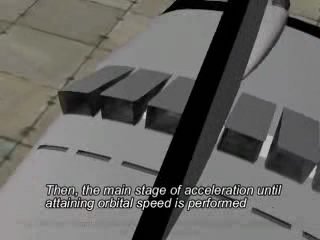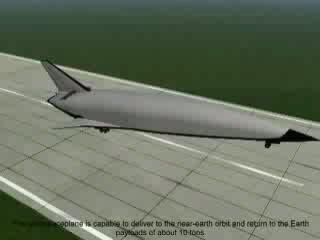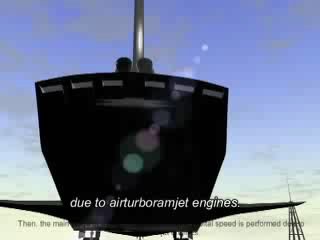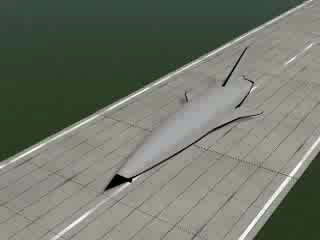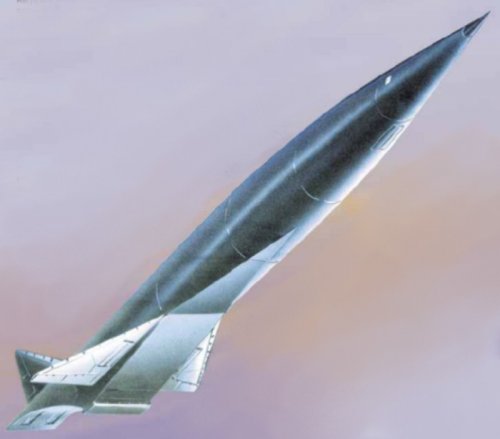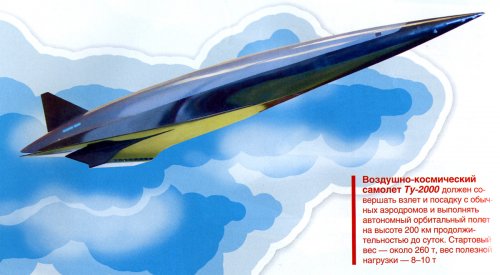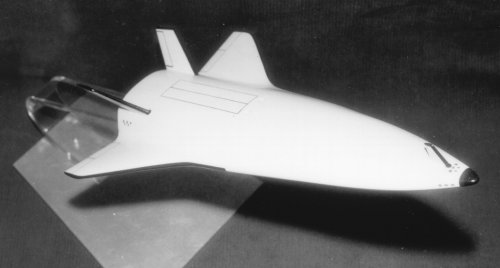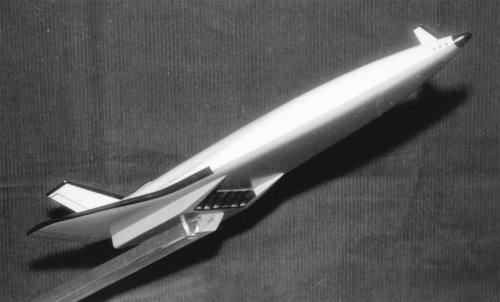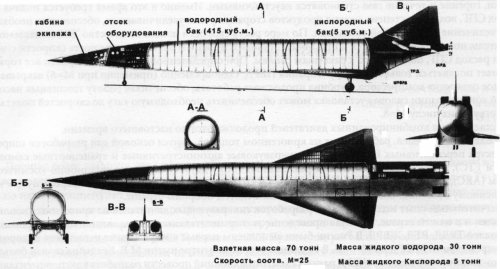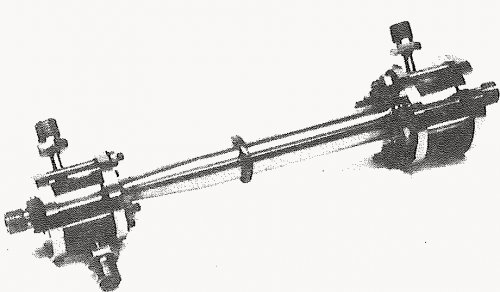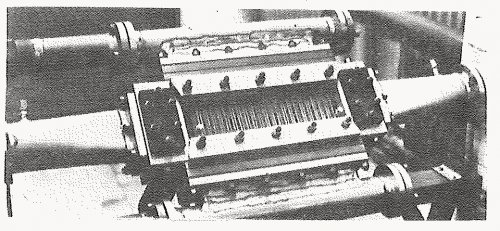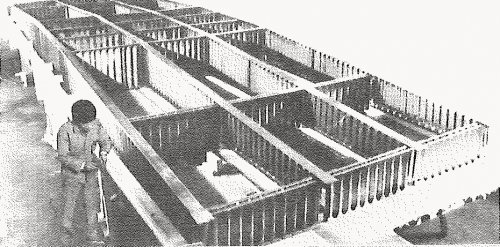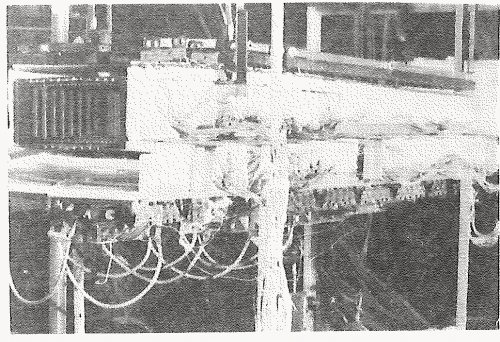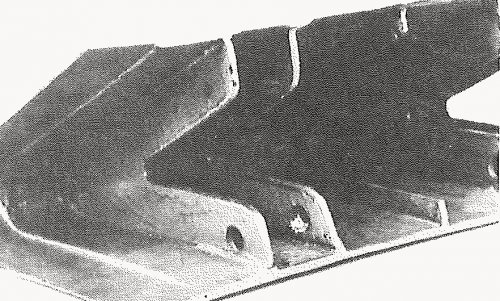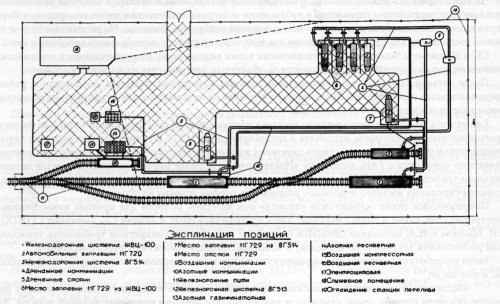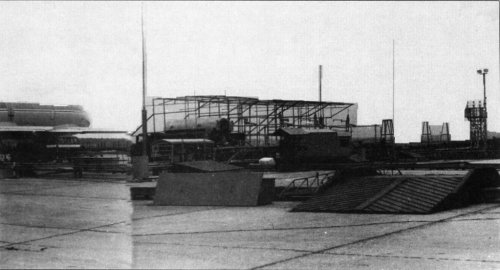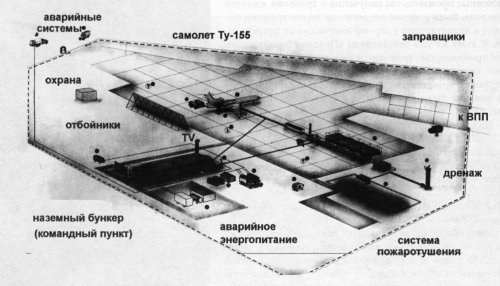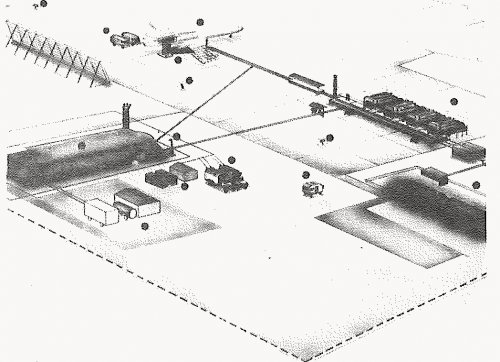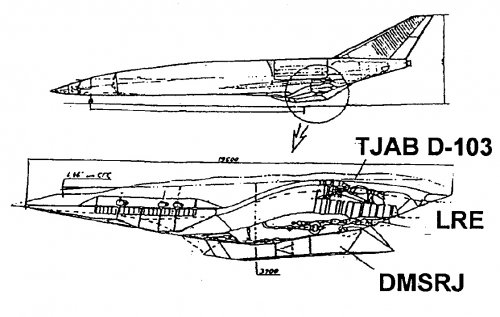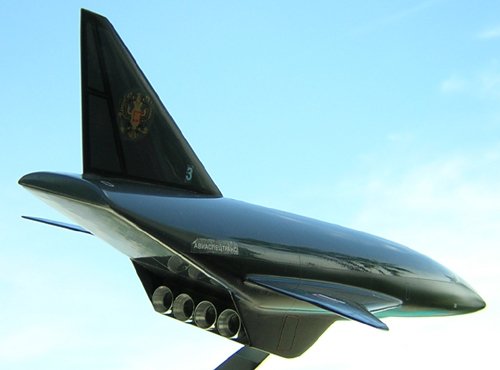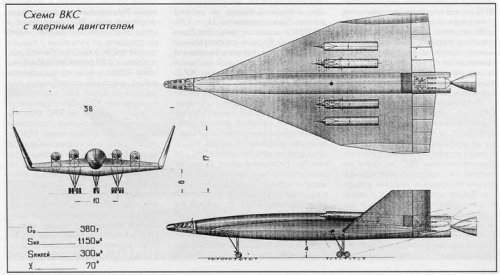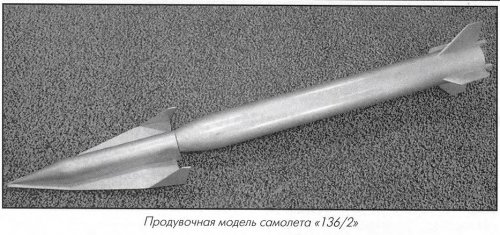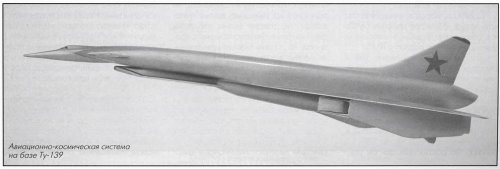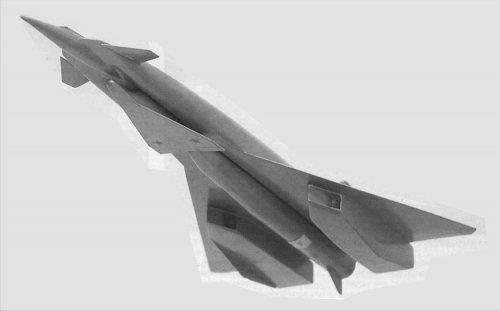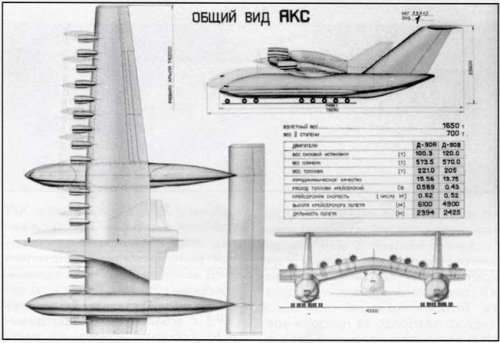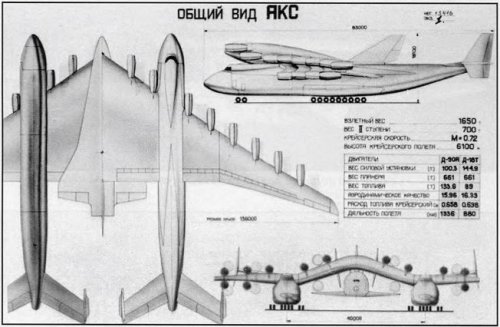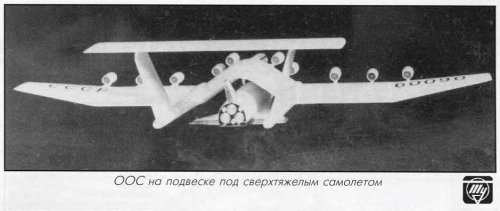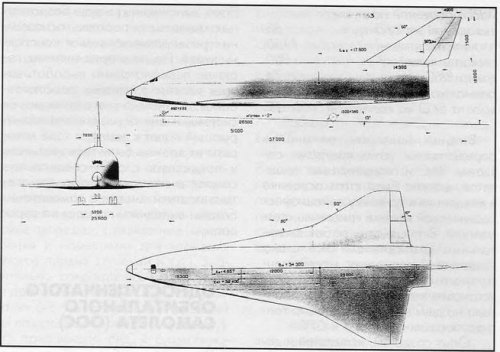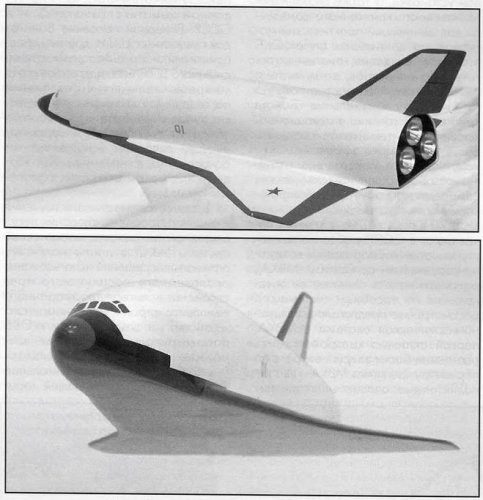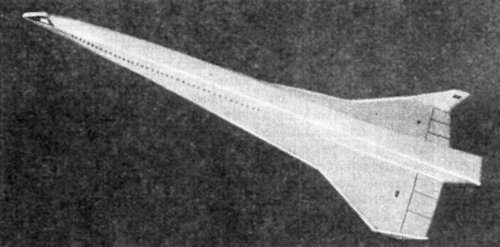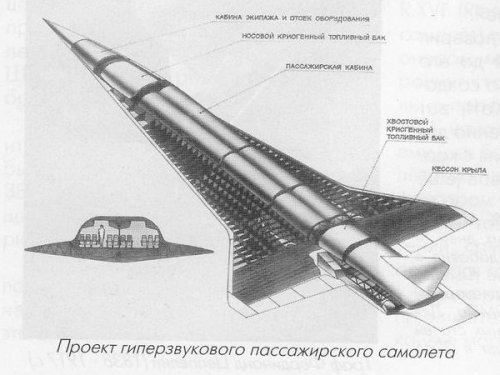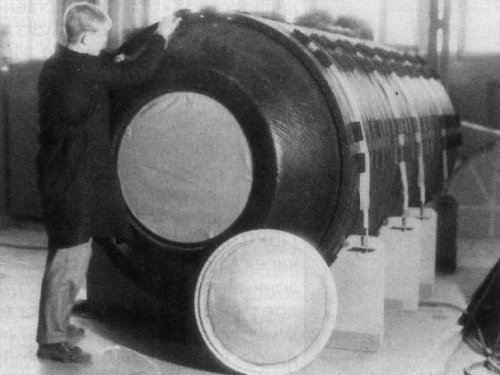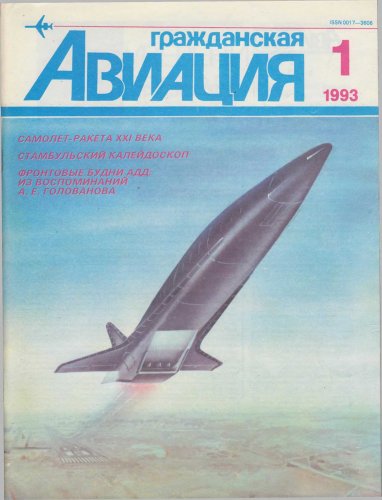Tuomasn
ACCESS: Secret
- Joined
- 5 January 2006
- Messages
- 467
- Reaction score
- 295
A thread for the Tupolev Tu-2000 aerospaceplane and also other VKS contenders.
The Tu-2000A (first two pictures) was to be a 70-90 tonnes demonstrator of the actual SSTO spacecraft.
The third pic shows a model that was displayed at the 1992 Mosaeroshow. I'm still not certain whether it's meant to represent the Tu-2000A or Tu-2000.
The side view resembles lower quality drawings published within the Oryol/FESTIP program around 1994.
Although official funding for the project stopped in 1992, Tupolev OKB seems to be continuing work at slow pace, and a new model and video were exhibited at the Expo 2005 in Japan.
It is interesting to note that the latest version features air intakes for the turbojet engines above the fuselage, as opposed to the 'true' turboramjet installation shown in the side view.
Does anyone have any ideas what the things that look like cavities on the bottom of the curved rear fuselage on the second drawing are meant to represent?
Some relevant links:
http://www.astronautix.com/craft/tu2000.htm
http://www.testpilot.ru/russia/tupolev/2000/2000.htm (in Russian)
The Tu-2000A (first two pictures) was to be a 70-90 tonnes demonstrator of the actual SSTO spacecraft.
The third pic shows a model that was displayed at the 1992 Mosaeroshow. I'm still not certain whether it's meant to represent the Tu-2000A or Tu-2000.
The side view resembles lower quality drawings published within the Oryol/FESTIP program around 1994.
Although official funding for the project stopped in 1992, Tupolev OKB seems to be continuing work at slow pace, and a new model and video were exhibited at the Expo 2005 in Japan.
It is interesting to note that the latest version features air intakes for the turbojet engines above the fuselage, as opposed to the 'true' turboramjet installation shown in the side view.
Does anyone have any ideas what the things that look like cavities on the bottom of the curved rear fuselage on the second drawing are meant to represent?
Some relevant links:
http://www.astronautix.com/craft/tu2000.htm
http://www.testpilot.ru/russia/tupolev/2000/2000.htm (in Russian)

